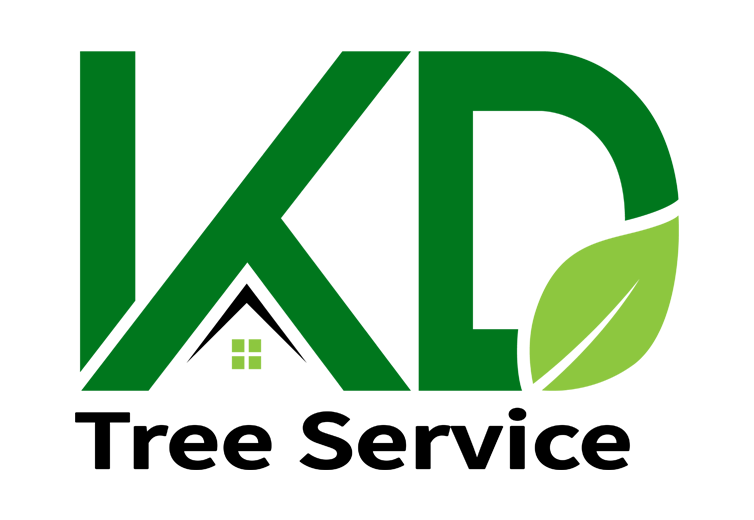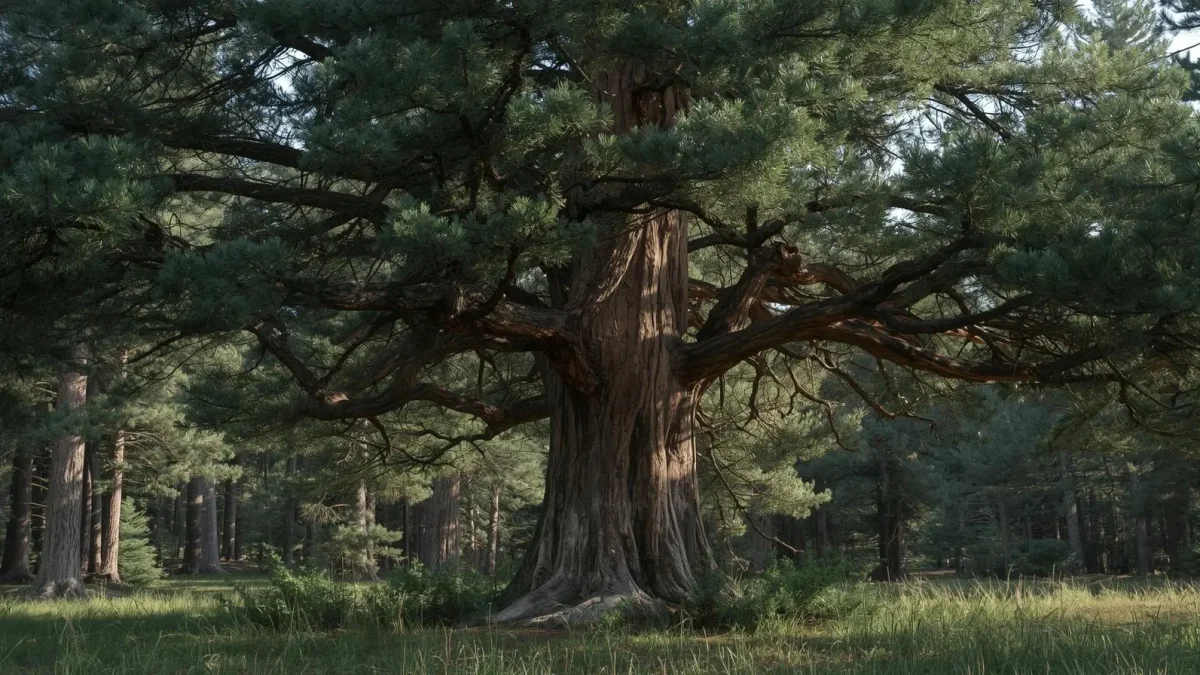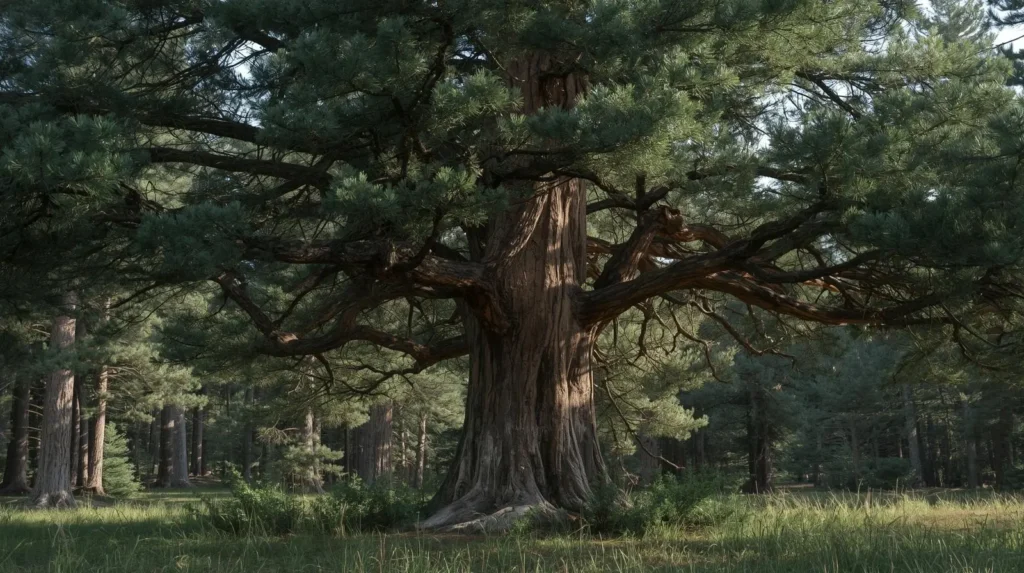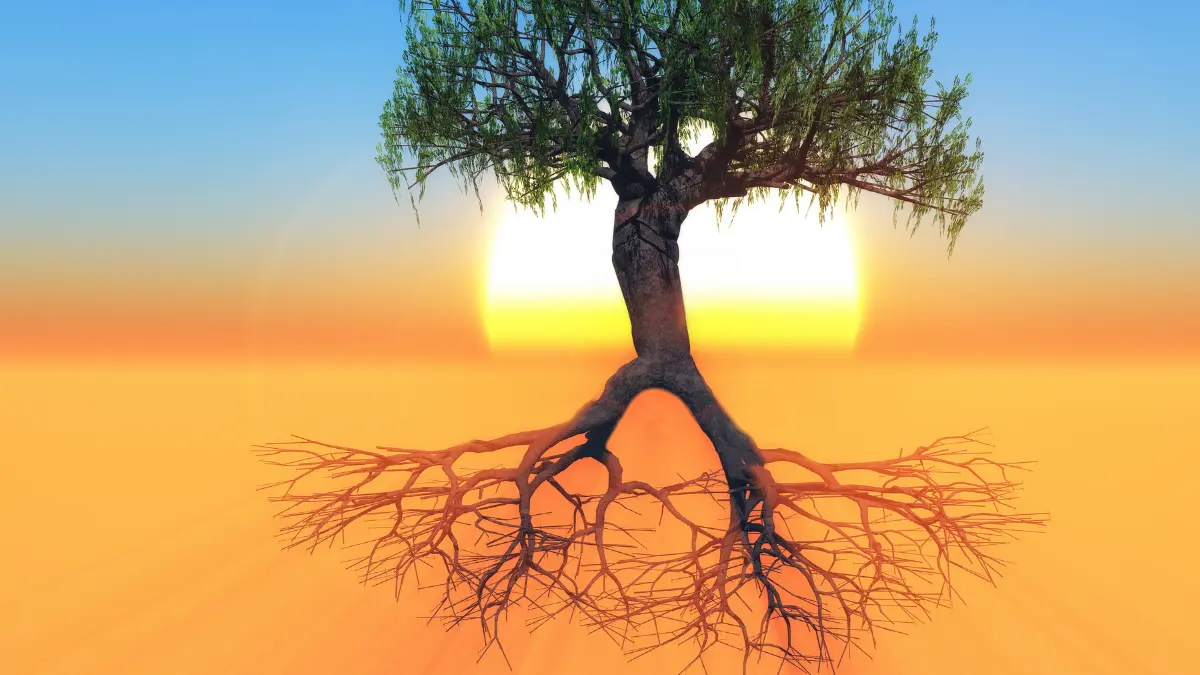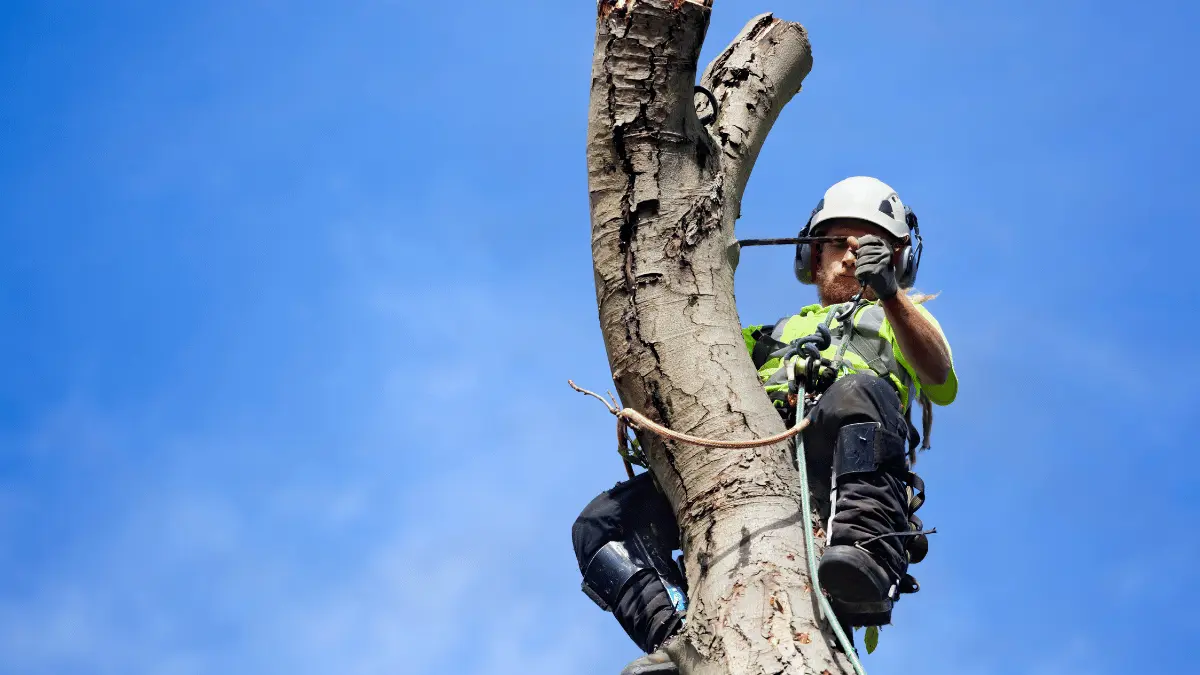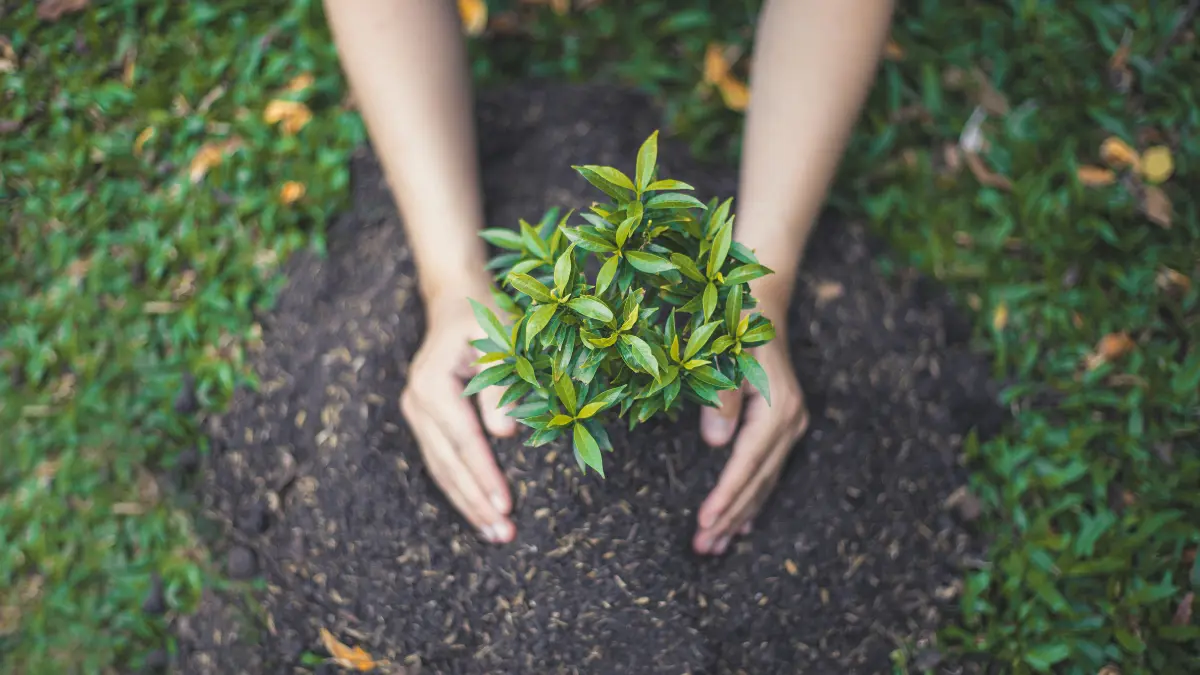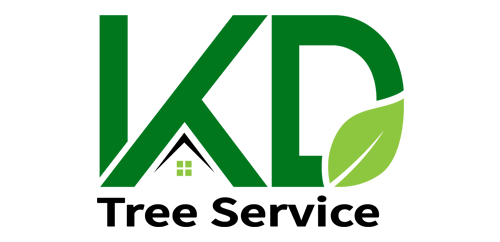Pine trees are a beautiful and enduring part of landscapes in Albany, NY. Their evergreen foliage provides color throughout the year, and their presence can enhance property value while offering shade and shelter for wildlife. For trusted and professional pine tree care in Albany, NY, KD Tree Services offers expert solutions for disease management and pest control.
In favorable conditions, they can grow from anywhere between a few feet and a few hundred feet tall. They have a long lifespan that ranges from one hundred years to thousands of years old.
The most common of all pines are White Pine, Red Pine, or a Spruce. Pine trees have significant economic value because of their timber as well as their wood pulp. They also have a symbolic significance in the Christmas holiday.

Understanding Pine Tree Health
However, despite being able to live for many years, these beautiful trees do develop diseases that range from a simple color distortion of the leaves to more severe ones that can be deadly.
Before looking at specific problems, it’s important to know what makes a pine tree healthy. A strong pine tree has bright green needles, a solid trunk, and sturdy branches. If you notice changes in needle color, early needle drop, or visible damage, it could be a sign that the tree is stressed. Many homeowners ask, Why are my pine tree needles turning brown, This often points to environmental stress, pests, or pine tree diseases.
If you’re lucky, the solution to your problem might simply be to give your tree more water. During the summer or other dry spells, your tree might have trouble staying hydrated, which causes the needles to turn brown. Watering the roots should turn those needles green again.
Common Pine Tree Diseases
Pine trees in Albany, NY can be affected by several pine tree diseases, each with distinct symptoms and impacts on tree health. Being familiar with these diseases is an important part of tree care. Some of the most common diseases include Fusiform Rust, Pine-Oak Gall Rust, Pine Needle Rust, White Pine Blister Rust, Pitch Canker, Tip Blight, Littleleaf Disease, and Needle Cast.
Fusiform Rust
Fusiform rust, caused by the fungus Cronartium quercuum f.sp. fusiforme is one of the most economically important diseases affecting pines in Albany. This disease can affect pines whether they’re grown in a production forestry stand, natural woodland, or urban setting. Symptoms consist of purplish spots at the site of stem infection. Stems begin to swell four to six months after infection, resulting in spindle-shaped galls. Galls slowly enlarge each year, and dieback of small stems or cankers on larger stems often occurs. Stem breakage can occur, which may lead to tree death.
Tip Blight
Tip Blight affects new shoots and buds, causing them to die back and leaving brown, stunted tips. In Albany, NY, this disease slows growth and makes pines more vulnerable to other stressors. Removing affected shoots, improving airflow through proper pruning, and keeping the tree healthy through watering and fertilization are essential steps in maintaining effective tree care.

Pine-Oak Gall Rust
Produces large abnormal growths on branches and stems where the fungus alternates between pine and oak hosts. These galls can stress the tree and reduce overall growth.
Red and black oaks are the most important alternate hosts. Infection on oak leaves causes small necrotic or chlorotic areas. On the underside of the leaves, yellow to orange spores may be visible. All spores, which infect both pine and oak, are primarily windborne. High humidity during spore dissemination increases the incidence of infection.
Littleleaf Disease
Littleleaf Disease is often caused by root damage or nutrient deficiencies. Pines in Albany, NY affected by this disease show reduced needle size, thinning foliage, and slow growth. Over time, it can weaken the tree, making it more prone to pests and diseases. Addressing soil quality, proper fertilization, and regular monitoring are key elements of good tree care for trees showing these symptoms.
Pine Needle Rust
Symptoms consist of yellow spots on the needles, which appear during the spring. They are followed by whitish blisters and orange spores. Infection may be severe enough to cause defoliation. This fungus requires an alternate host to complete its life cycle. The fungus infects aster or goldenrod during summer and can overwinter in these plants before it is carried to the pine in the spring.

White Pine Blister Rust
The fungus attacks the living bark of white pine, first breaking out in blisters, which exude a secretion, and later forming larger, bright orange-colored dots. These orange dots are filled with fungal spores that are carried to the alternate host, where they develop during the summer. Spores from the currants re-infect healthy pines. The disease spreads rapidly up and down the tree, killing the branches and the main trunk.
These are only a few of the common pine tree diseases that can appear in Albany, NY. Pine trees can be affected by many other pests and pine tree diseases, which is why regular tree care and careful monitoring are so important to keep them healthy and flourishing.
Noticing these problems early and practicing proper tree care, along with getting professional help when needed, can make a big difference in maintaining strong, healthy pine trees in Albany, NY.
To learn more detailed information on white pine decline and management strategies, refer to the New York State Department of Environmental Conservation’s White Pine Decline page, https://dec.ny.gov/nature/forests-trees/forest-health/white-pine-decline?utm.
Need Professional Help?
While basic tree care can often be managed by homeowners, there are situations where professional help is essential. Large infestations of pests, severe disease, or structural issues like leaning trunks or broken branches require expert intervention. Arborists provide precise diagnosis, treatment for pine tree diseases, and professional pine tree pest control Albany NY services.
Having a tree on your property is not only an attractive addition, but it can also be beneficial in many ways. To ensure that they remain healthy and safe, however, you should seek the expertise of a professional arborist from KDTree services. With our extensive knowledge and experience in tree maintenance, we will guarantee that your trees stay vibrant for years to come!
FAQs
Why are my pine needles turning brown?
Pine needles can turn brown because of drought, pests, or diseases. Look for signs of environmental stress, or check for pests.
How can I prevent pine diseases?
Strong tree care involves regular pruning, appropriate watering, and mulching. You can stop most diseases just by being timely.
When should I call for pest control?
Contact pine tree pest control Albany NY specialists right away if you see browning needles, sticky stuff, or bark with holes in it.
Can I prune pine trees?
Yes, you can prune small branches. However, it’s best to leave large or mature trees to the professionals to avoid causing harm
What can affect the health of pine trees?
Drought, salt exposure, soil quality, and heat are all bad for tree care and can cause browning needles or weak trees.
For expert assistance in keeping your pine trees healthy and strong, reach out to KD Tree Services for professional tree care and pine tree pest control Albany NY, (518) 625-8733.

